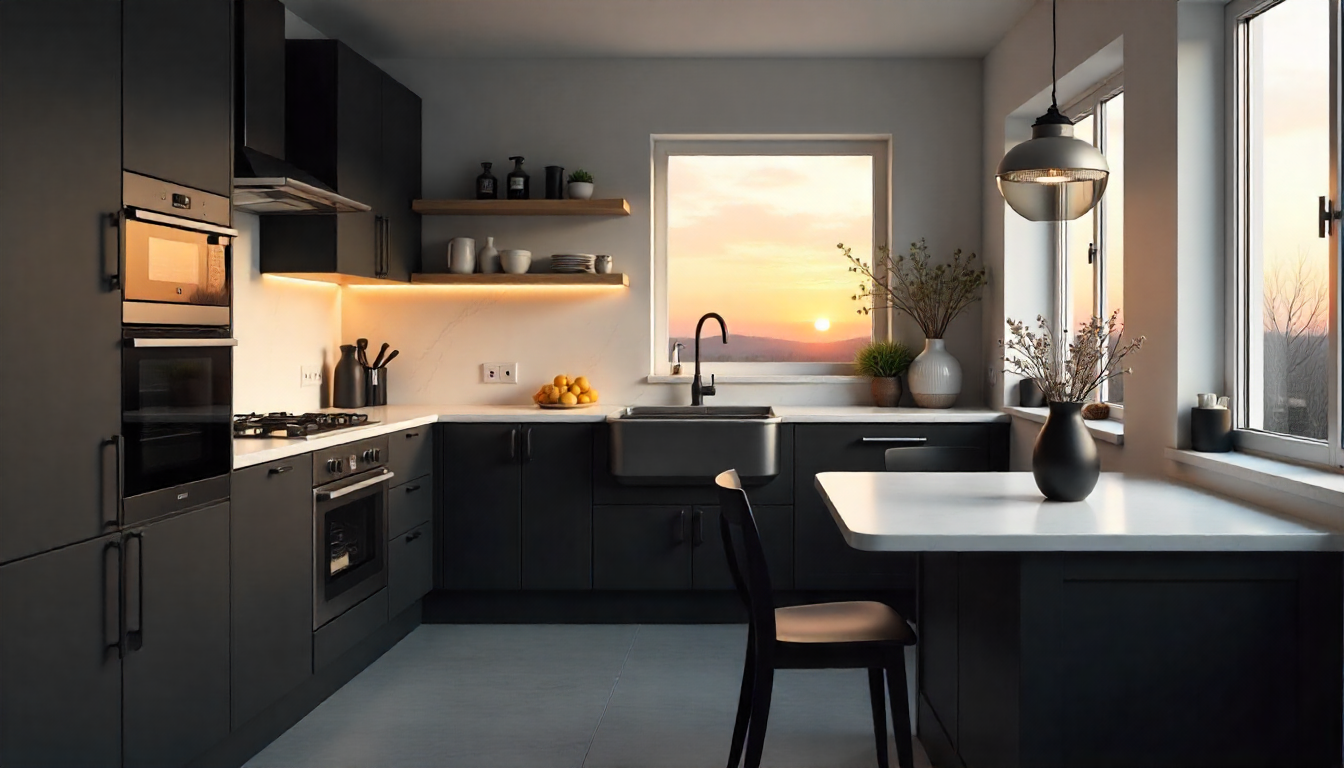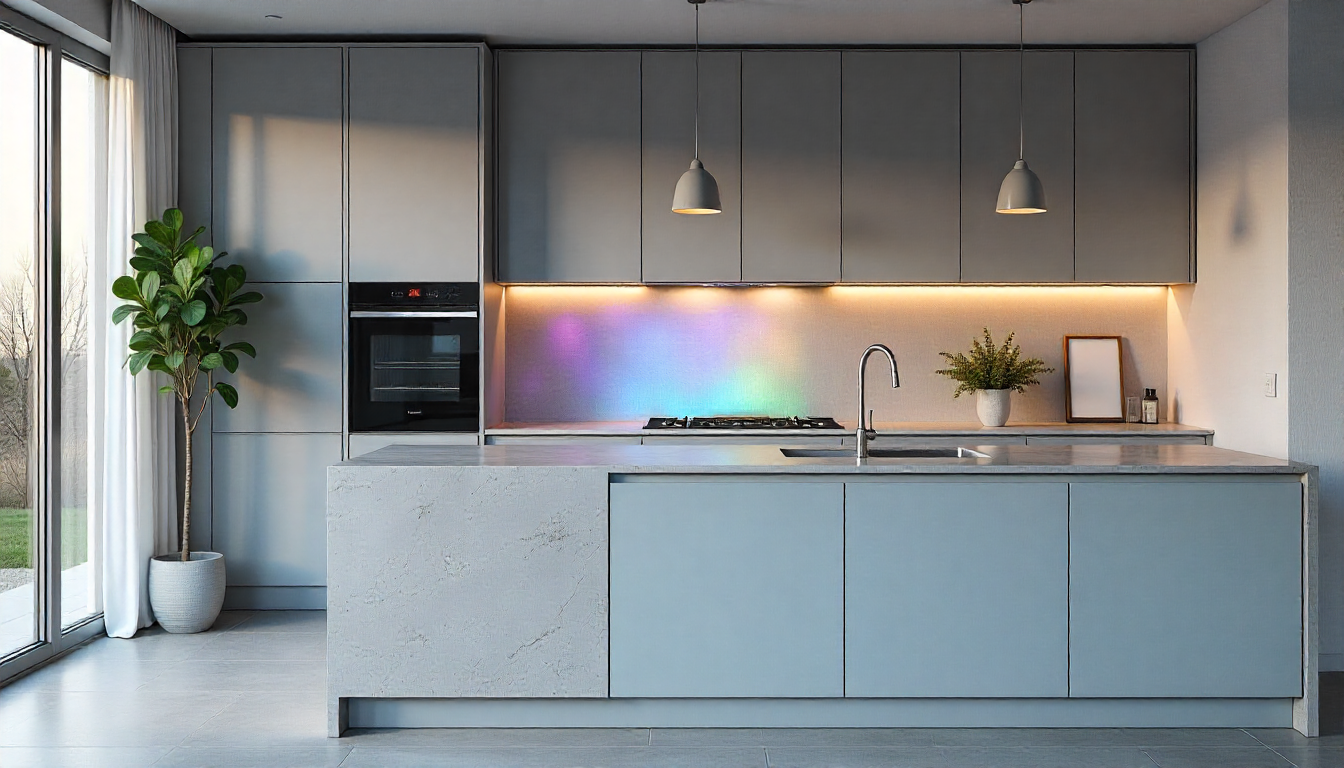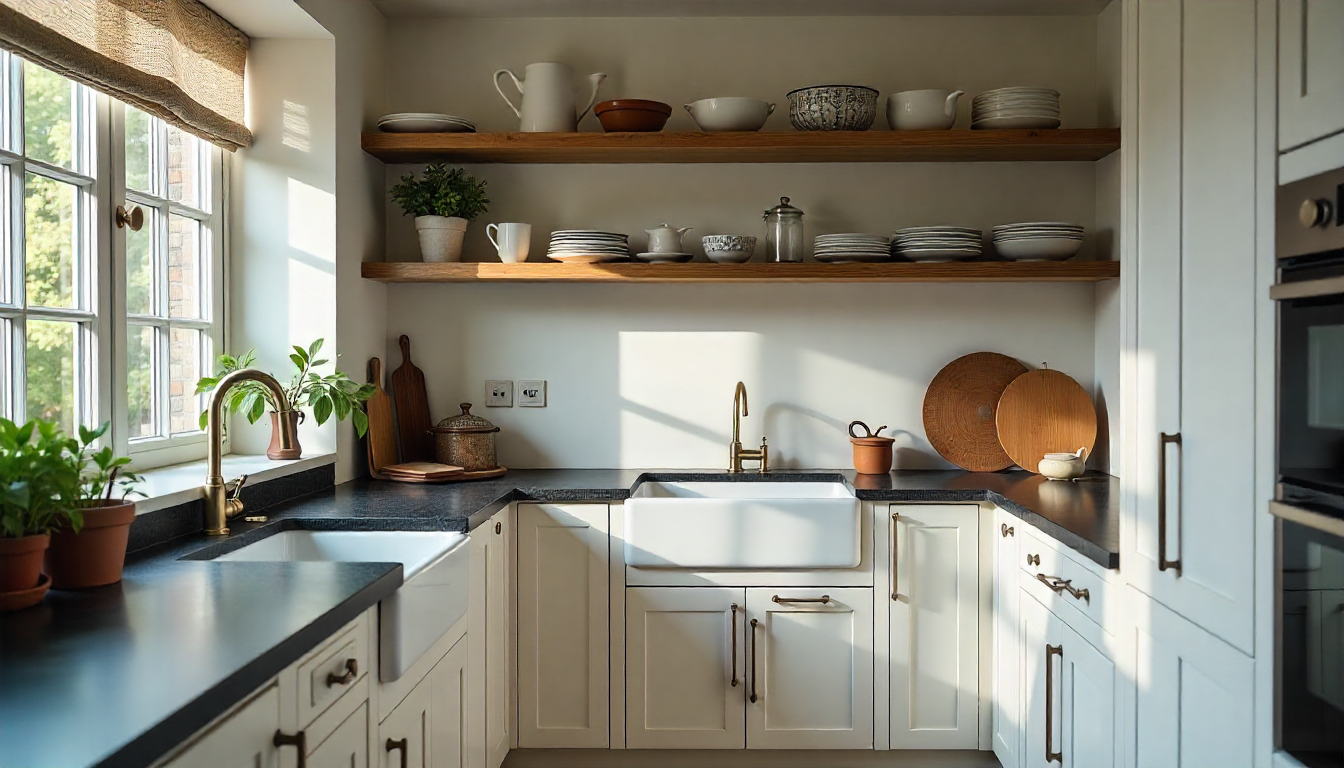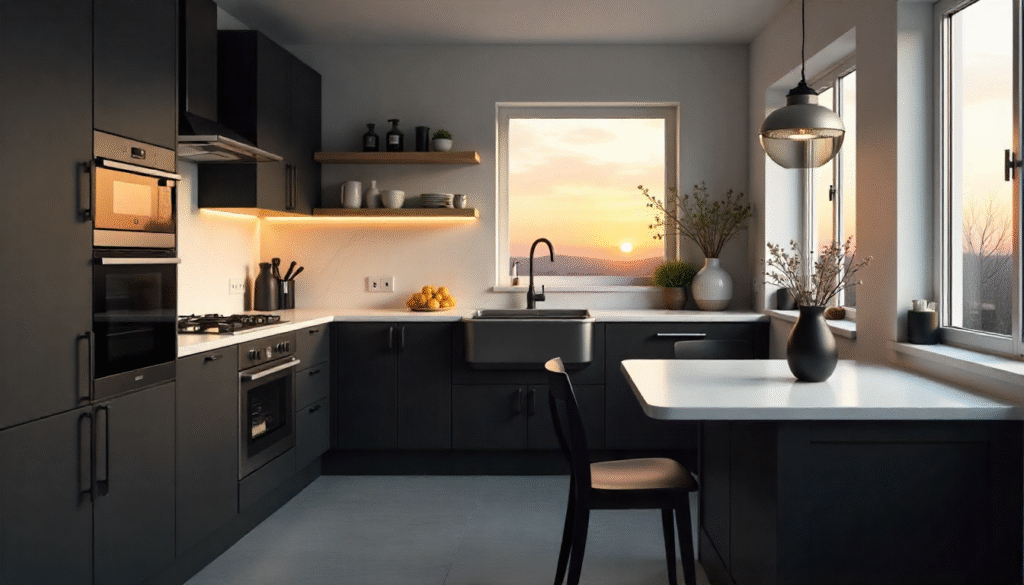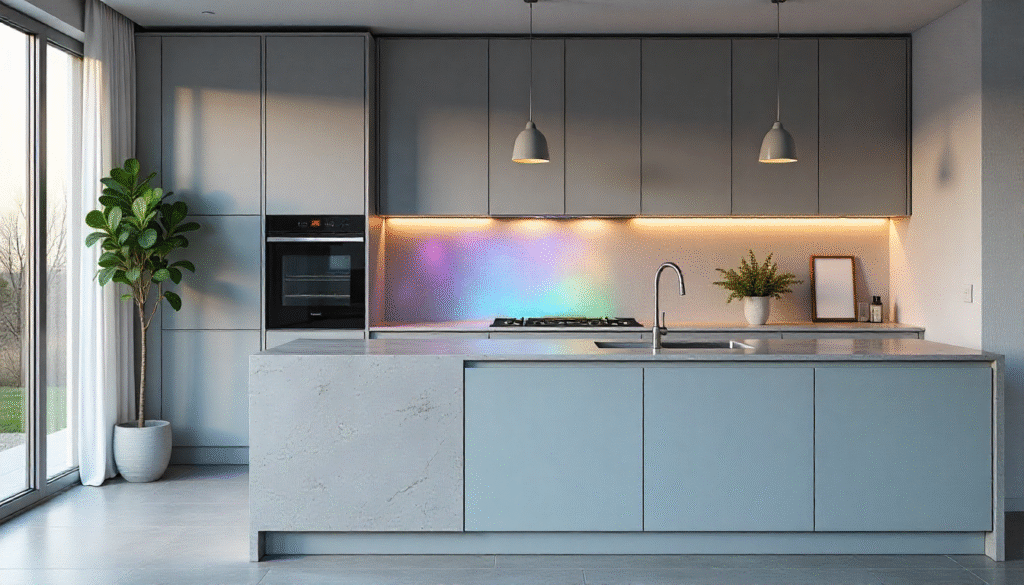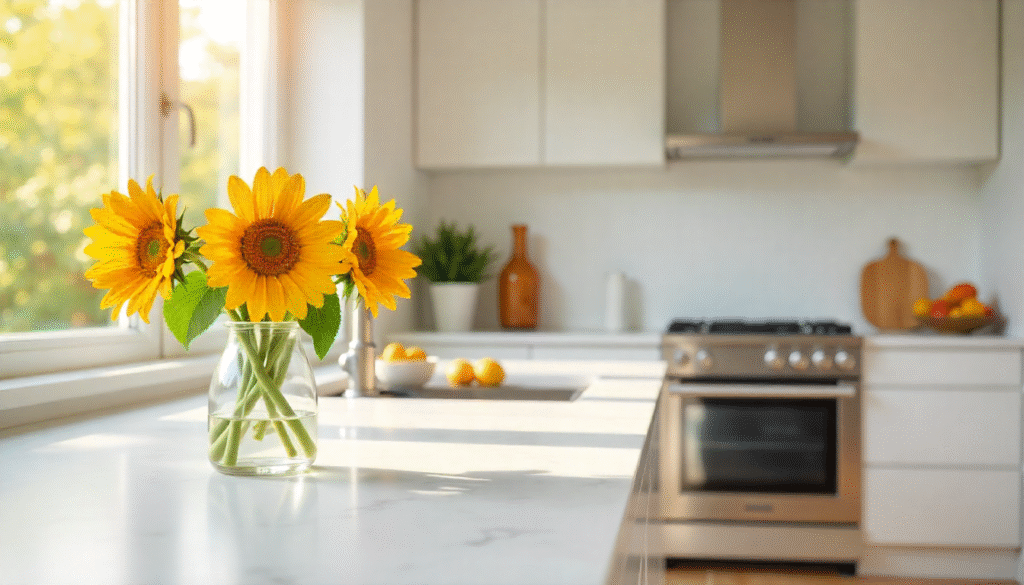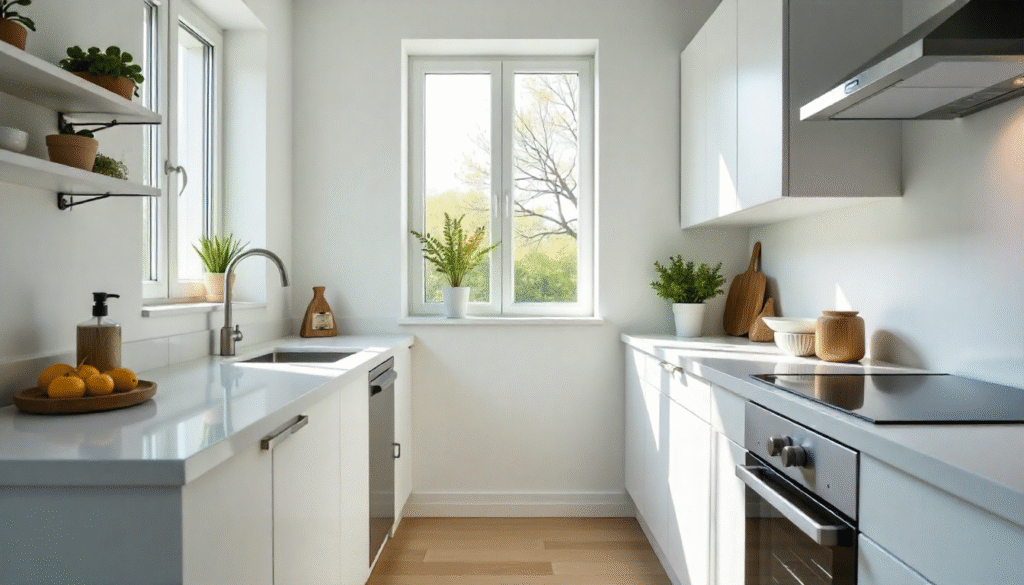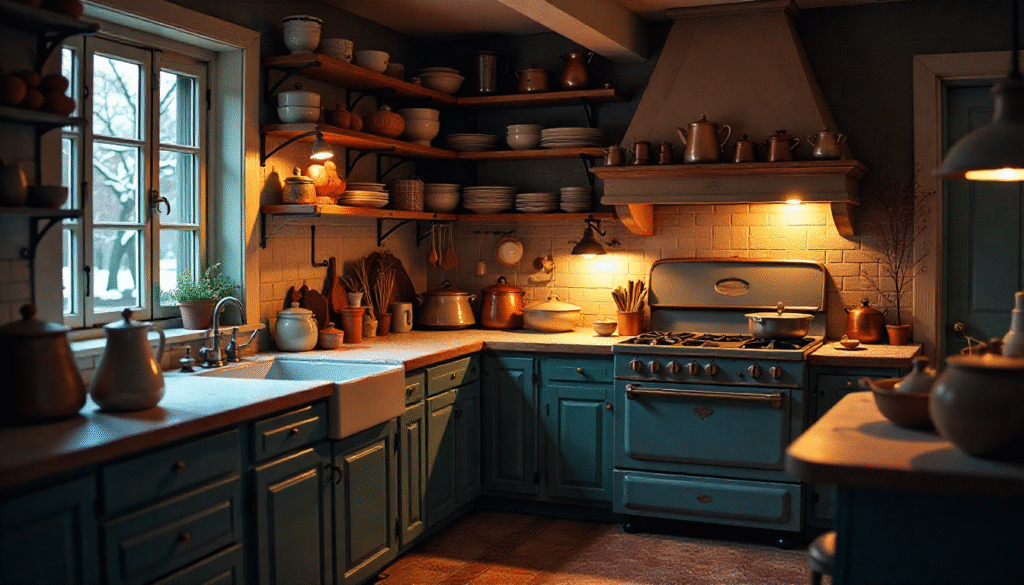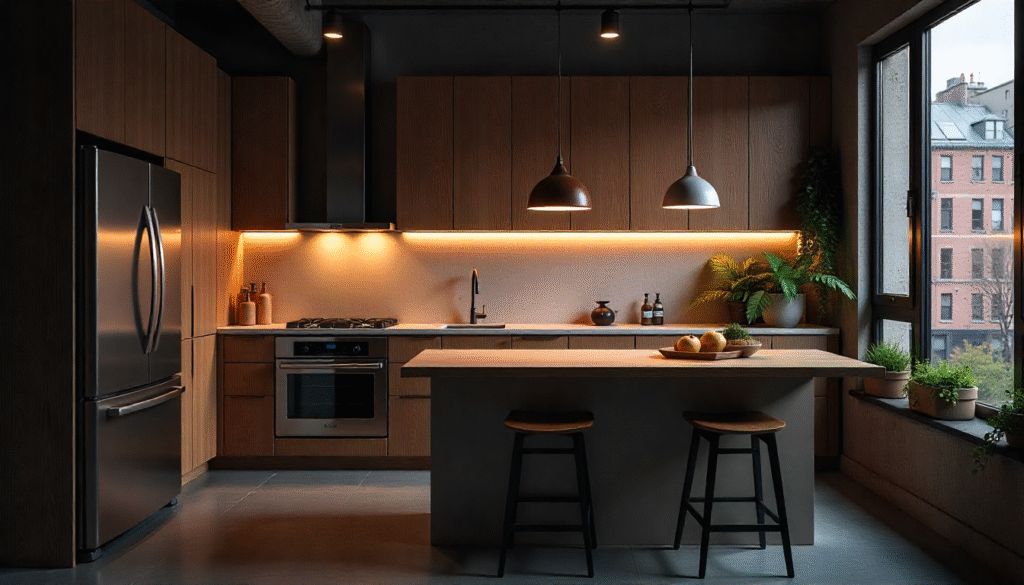Countertop cleaning mistakes can over time damage your surfaces. Using abrasive pads, strong chemicals, or poor sealing can dull surfaces and hence reduce their longevity. Selecting the right cleaning techniques will let you preserve your countertop’s beauty and extend its lifespan.
Countertop Cleaning Mistakes 1: Scrubbing with Abrasives
One of the most often made errors in countertop cleaning homeowners make is aggressive scrubbing, which over time can harm your surfaces without your even noticing it. Though it may seem like steel wool, harsh scouring pads, or gritty powdered cleansers are the fastest means to get rid of resistant stains or dried spills, these abrasive instruments spoil your countertop.
Once those tiny scratches appear, they produce a rough, unequal surface more difficult to clean and more prone to stains, moisture absorption, and bacterial development. Abrasives on counter made of natural stone like marble or granite can reduce the polished shine, therefore giving an early worn and aged appearance. Regular abrasive brushing for designed surfaces such quartz can break the resin adhesives, producing a rough appearance.
Laminate countertops are prone to permanent damage from intense cleaning even though they are less expensive. Rather of grabbing a rough pad, it is advisable to use a soft microfibre cloth or a nonabrasive sponge with a mild, surfaces specific cleaner. Leaving the cleaner for a few minutes then wiping usually helps difficult stains more than energetic scrubbing.
For secure spot cleaning without scratching, you could instead test baking soda paste. Preserving the finish on your counter top depends on using the proper cleaning technique rather than more force. Avoiding abrasives will help to increase the beauty, sturdiness, and lifespan of your kitchen tops.
Countertop Cleaning Mistakes 2: Letting Spills Sit Too Long
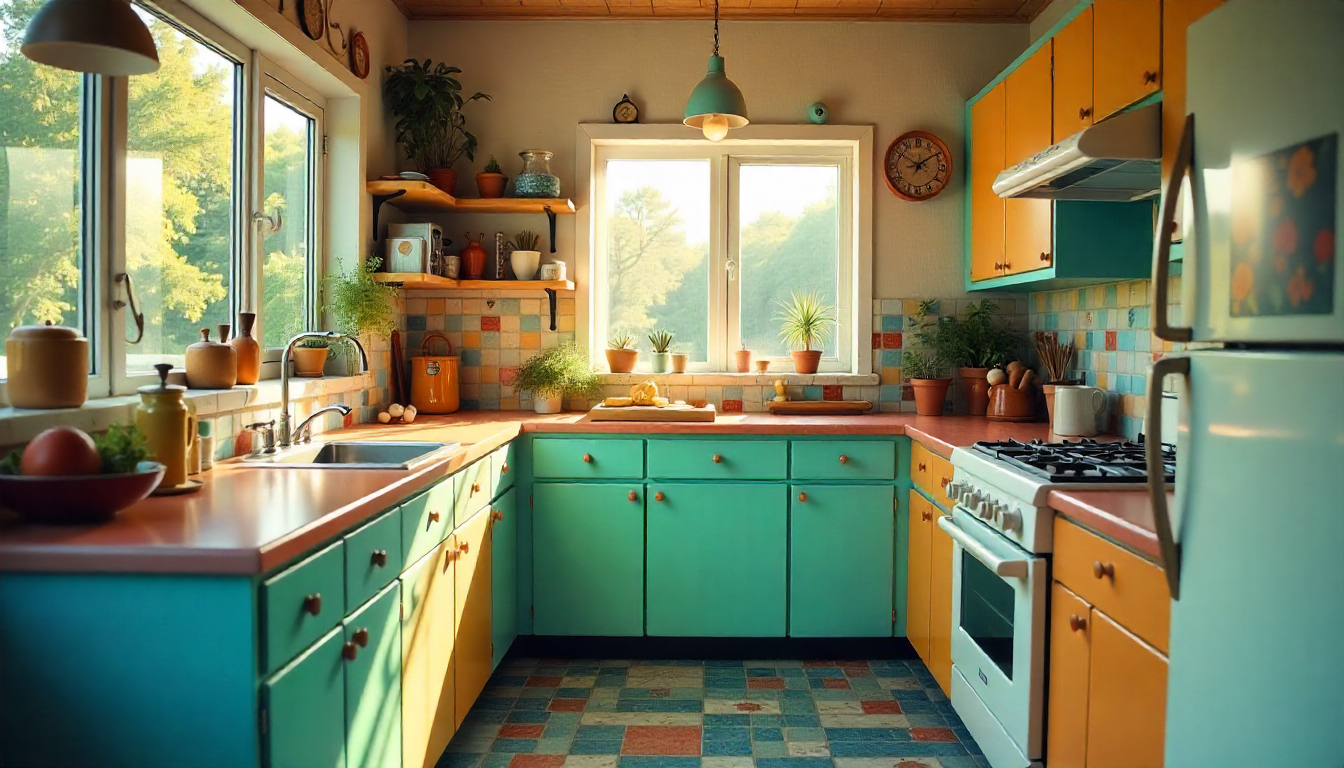
The most often made error homeowners make in countertop cleaning is allowing spills to lie too long, which eventually harm your surfaces. Particularly those made of permeable materials like marble, granite, or even some engineered stone, many people undervalue how rapidly fluids may permeate and stain surfaces.
Coffee, tea, wine, and fruit juices’ powerful colours and acids can mark behind tenacious colour if not quickly wiped. Similarly, cooking oil spills seep into the surface creating oily stains that, after drying, are nearly impossible to remove. Left on the surface over time, even water can leave terrible marks or rings.
@ampquartzcabinets PM kami untuk dapatkan harga kabinet macamni or else korang nak custom kabinet sendiri pun boleh! 🤩 #AmpQuartz #KitchenCabinet #customcabinet #dapurcantik #cabinetmaker #johorbahru #pakejmurah #promopakejkabinet #fyp #fyppppppppppppppppppppppp #fyppage
♬ original sound – AmpQuartz – AmpQuartz
The longer a spill lasts, the more it degrades the countertop’s integrity by degrading seals, fading finishes, and creating breeding grounds for bacteria. This is especially upsetting in culinary settings when cleanliness is most crucial. Avoiding this error requires quick cleaning of spills with a soft fabric or paper towel followed by a light, surface-compatible solution. Having a microfibre cloth close at hand helps one more quickly resolve current problems.
Although rapid cleaning remains the finest defence even then, frequent resealing offers natural stone counters more protection. Being proactive instead of reactive guarantees the condition of your countertops for years to come by preserving their beauty, resilience, and cleanliness.
Countertop Cleaning Mistakes 3: Ignoring the Right Cleaner
One of the most common blunders householders make when cleaning their counters is neglecting the proper cleaner; over time, it can delicately harm your surfaces. Counters are built of very different materials, each with particular maintenance needs; hence, many people think an all-purpose cleaner would suffice.
Using vinegar, lemon-based solutions, or bleach might remove sealants, therefore leaving the stone open to etching and staining; natural stone, for instance, such as granite or marble is sensitive to acidic chemicals. Similarly, even if nonporous, quartz surfaces can become drab or lose their sheen if aggressive cleaning agents are regularly used.
When exposed to the improper chemicals, wood countertops can warp or dry out; powerful solvents might peel or discolour laminate counters. Not matching your cleaner to your surface runs the risk of slowly deteriorating its finish, shortening its lifespan, and producing often expensive to fix problems. Daily cleaning calls for the preferable behaviour of selecting pH-balanced cleaners created just for your countertop surface or of mild dish soap and warm water. This minor modification keeps surfaces clean, preserves sheen, and aids to preserve protective coatings without unnecessary abrasion.
Also really important in more protecting your investment is reading the maker’s recommendations and steering clear of do-it-yourself shortcuts that could have long-run damage. Though it seems like a small difference, among the most effective ways of keeping your countertops looking perfect for years is paying attention to the right cleaner.
Countertop Cleaning Mistakes 4: Not Drying After Cleaning
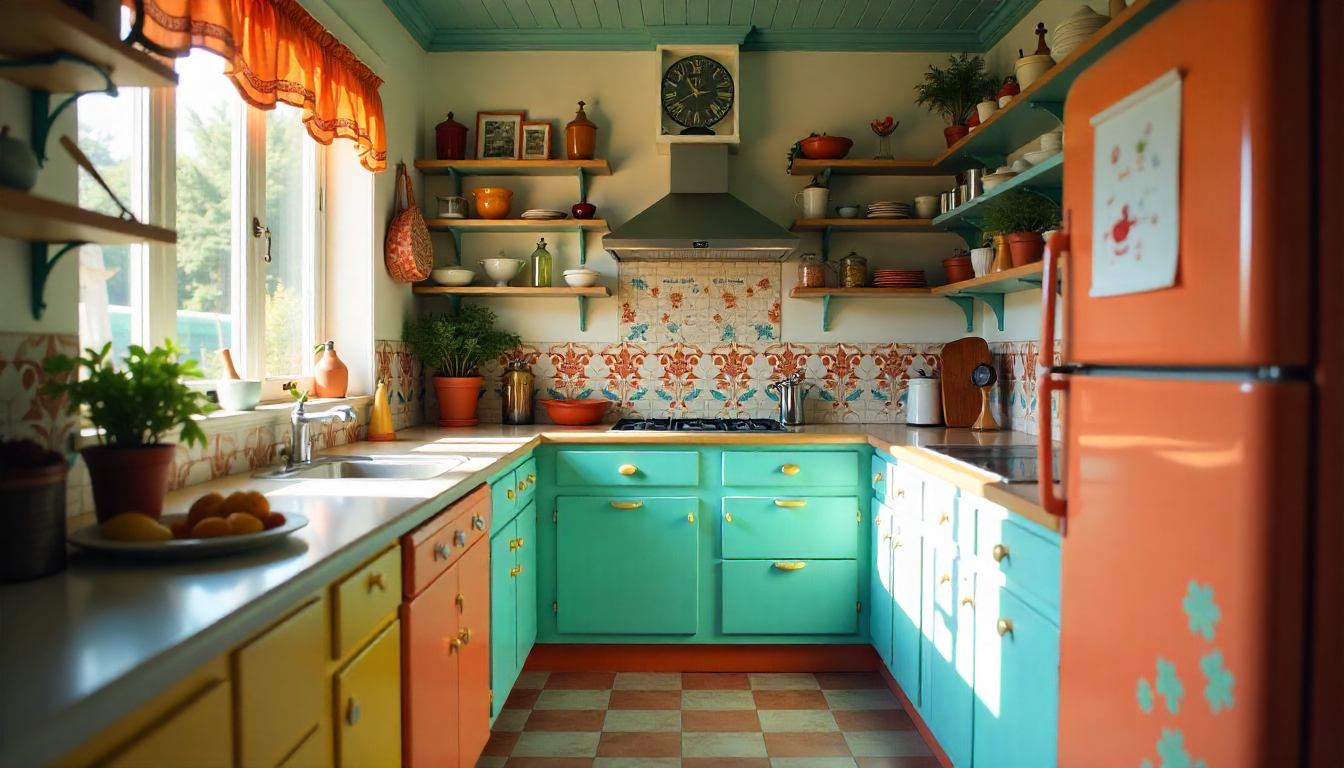
Among the most overlooked errors in cleaning countertops is not drying the surface; over time, this behaviour might gently damage your countertops even if it seems rather harmless to leave a little moisture. Water can leave mineral deposits, streaks, and stains especially on darker surfaces where streaking is more noticeable when countertops are left wet; it does not just disappear flawlessly.
If not properly sealed, persistent dampness on porous surfaces like marble or granite can permeate the stone and discolour or stain it. Too much water presents a far more threat for laminate or wood counters as it could cause seam swelling, warping, or peeling. Not drying beyond looks also creates conditions perfect for the growth of mould and germs, especially in kitchens where extra moisture could mix with food scraps.
@ampquartzcabinets Dah tahu kan? So wajib pasang jag kabinet dapur tu tau! #AmpQuartz #JohorBahru #KitchenCabinet #softclosinghinge #fyp
♬ original sound – AmpQuartz – AmpQuartz
This could eventually affect the cleanliness of your desk and the sanitation of your kitchen. The great news is that avoiding these problems is easy: remove excess moisture using a soft, dry cloth or microfibre towel to get the surface immaculate following counter washing with a good cleaner.
Though it takes just a few seconds, this extra step helps to preserve the beauty, shine, and durability of your counters. Cutting the bad habit of counter tops air drying protects your investment and lets you keep your kitchen spotless, polished, and tidy every day in, day out.
Countertop Cleaning Mistakes 5: Placing Hot Pots Directly on the Countertop
Though seeming innocent at the time, putting hot pots and pans straight on your countertop is among the worst activities for preserving your kitchen surfaces. Though granite, quartz, or solid surface countertops are touted as being robust, they are not immune to thermal shock or colour variation induced by extreme heat.
Although natural stones like marble or granite can break from sudden temperature changes, quartz, for instance, can show permanent burn marks or discolouration when exposed to a hot pan. Heat can cause bubbling, warpage, or scorch marks that are difficult to fix even on wood surfaces and laminates.
Damage over time not only alters the appearance but also weakens the foundation of the counter top, hence reducing its useful life and general value. Many homeowners incorrectly think a quick wipe or shine would fix damage; however, once a heat mark settles, professional refinishing or maybe replacement will be needed. Always utilise trivets, hot pads, or heat-resistant mats while setting down cooking tools to prevent this costly error.
Apart from shielding your counter from cracks and burns, this will also assist to keep its natural finish and shine for years to come. Just by breaking the bad habit of putting hot pots right on your counter, you are spending in the longevity, usefulness, and looks of one of the most worn surfaces in your house.
Sign Up For Kitchen Design Ideas
Join over 5,000 homeowners subscribed to our newsletter!



